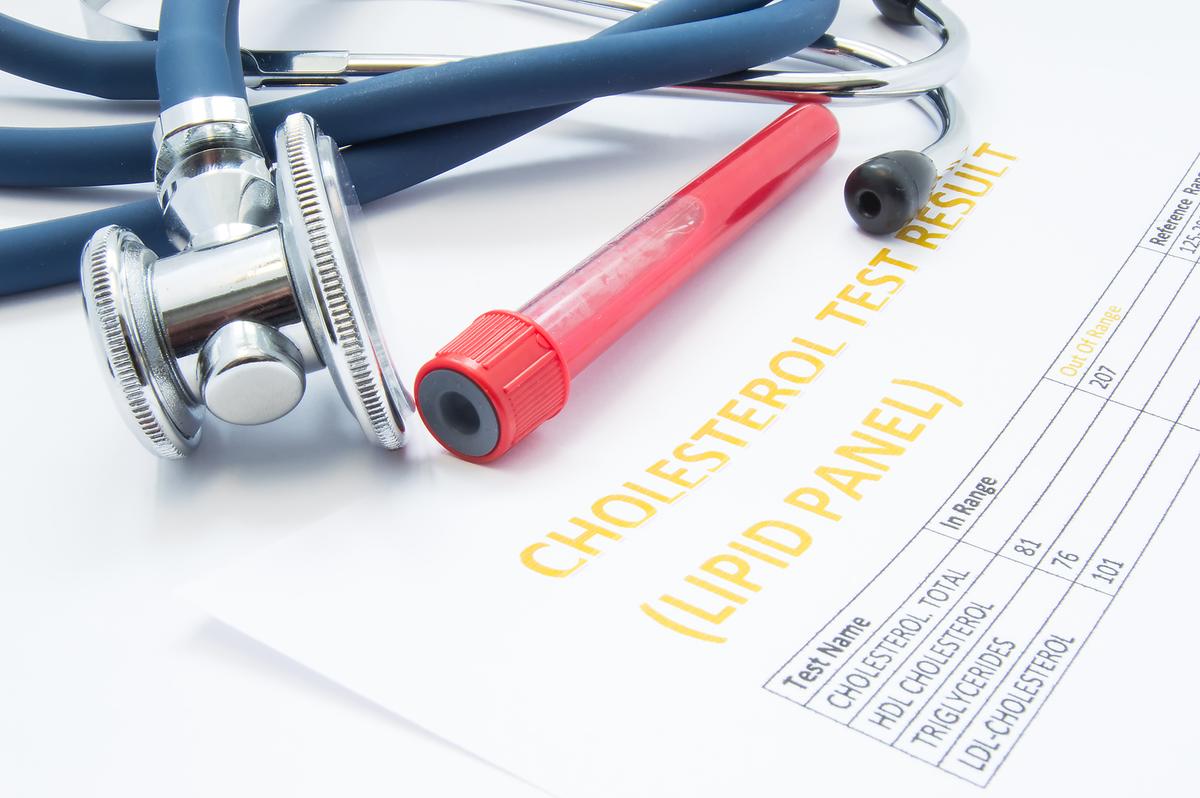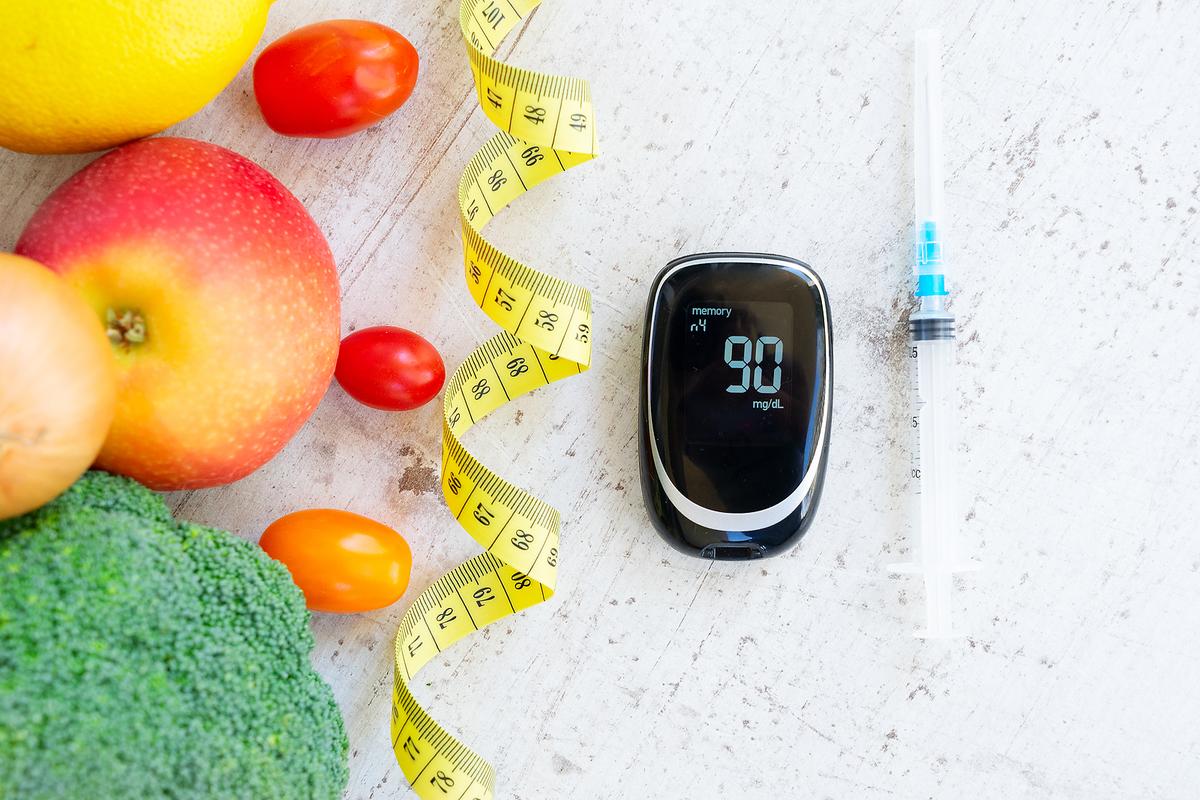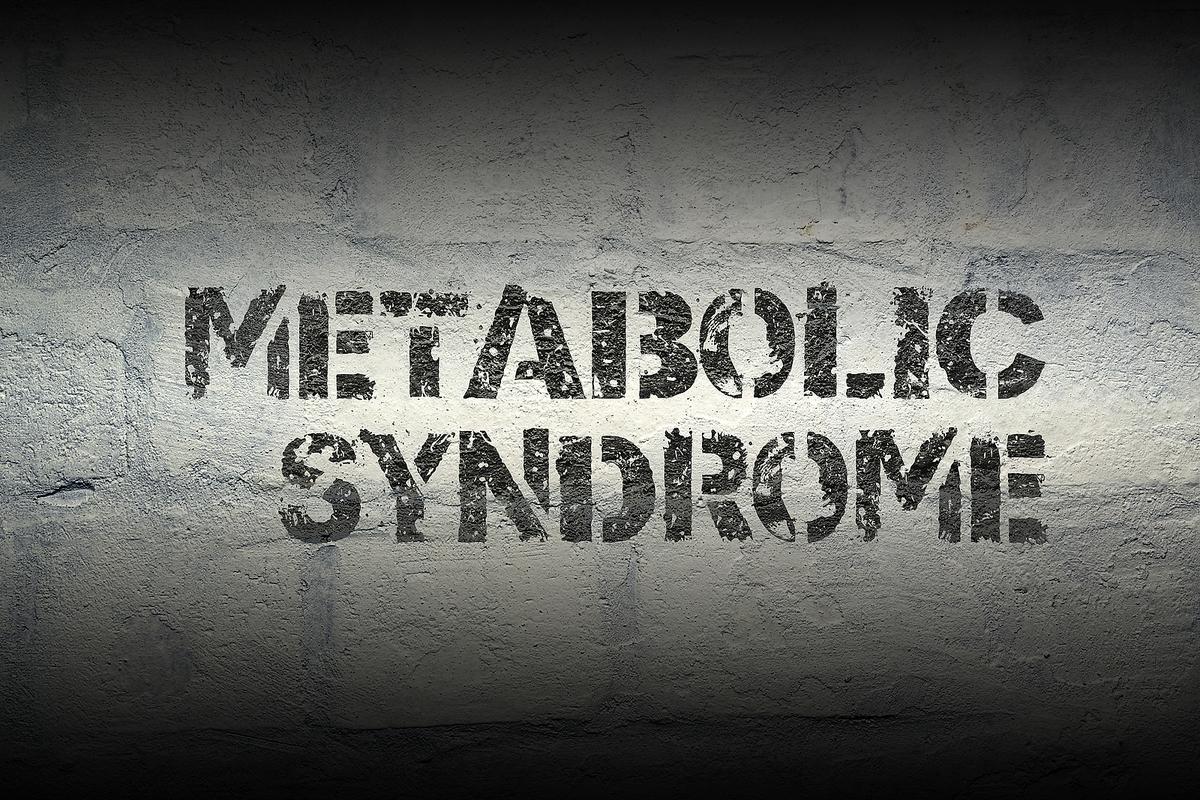Signs of Metabolic Syndrome: 5 Things to Pay Attention To (Especially If You're Over 40) by Susan Masterson, PhD

The term metabolic syndrome is growing in use, and while it's not a distinct disease itself, it's important to understand and manage. Metabolic syndrome is the term used for a group of physical signs that often lead to more dangerous conditions. Each component by itself is a risk factor, but over time more people are developing any or all of them, increasing the risk for heart attack, stroke and vascular (relating to the system of blood vessels) diseases.
If your doctor has told you to be concerned about metabolic syndrome, don’t ignore him or her. There are five metrics your physician is paying attention to, especially for those over 40. Each one individually is worthy of taking action, but when some or all are present, start taking steps today.
Blood Pressure: Also known as hypertension, high blood pressure increases your risk for heart disease, stroke, aneurysm, kidney disease, vision loss, memory problems and dementia. As our blood circulates through our system, it puts a certain amount of pressure on the inside walls of arteries. The harder presses as it travels through, the more damage it does in the process. If your blood pressure has the top number (systolic) between 120-139 and the bottom (diastolic) number is between 80-90, you are at risk for hypertension. If it goes above 140/90, you officially have high blood pressure. There are no symptoms of hypertension, so regular annual physicals including blood pressure checks are necessary to identify it early.
Waist Circumference: While obesity is a well-known risk factor for diabetes, heart disease and stroke, a certain group of people often fall through the cracks and require more attention: People who do not meet body mass index (BMI) criteria for obesity, but do happen to have a waist circumference of 35 inches or more, are notably at risk for metabolic syndrome and the disorders that come along with it. The key here is not to ignore weight and body mass index, but taking note of the location of body fat. Visceral (abdominal) fat is most closely related to inflammation and risk of disease.
Fasting Triglycerides: Triglycerides are one type of fat that circulates in the bloodstream, and is the type that stores energy for later use. This number rises for a few hours after eating, then returns to baseline (where it is before eating or during fasting). The fasting level is a good indicator of how much of this fat is circulating in your system. Higher levels indicate greater risk for heart disease. If your fasting level is 200 mg/dl or more, you have high triglycerides and require intervention to bring it down. If it’s over 500, get right on this.
LDL and HDL Cholesterol: Cholesterol is another type of fat in the blood, but it isn’t stored energy. These fats are building blocks that the body needs. If there’s more than the body needs floating around, however, it will just dump it in the arteries, building up fatty plaques.
There are different types of cholesterol. The low-density lipoprotein (LDL) type is the softer, stickier type. High levels of LDL are more likely to stick in the arteries and cause blockages. The high-density lipoproteins (HDL) are, as they sound, higher density. This type grabs up the sticky stuff and takes it to your liver. In short, more LDL is bad, but more HDL is good. An LDL level of 70 or less is a good target.
If you already have any form of heart disease, strive to get it as low as possible. An HDL level of 60 or higher is good. If the number of the two combined reaches 200, it’s time to start taking action to get it down. Above 240, you need to get on it. Now.
Blood Glucose: The sugar (glucose) in our blood is what fuels our tissues. How much glucose that’s circulating needs to be just the right amount for us to function well. Too much in our system is like a slow poison – it harms the pancreas as well as our blood vessels. Damaged blood vessels in turn bring on a multitude of disorders including kidney disease, blindness, nerve damage, heart disease, stroke and dementia. Normal blood sugar is typically between 60-90 when you haven’t eaten recently, and goes up after eating. If your fasting levels are 126 or higher, you may be diagnosed with diabetes and are likely overweight. You don’t have to be diagnosed with diabetes to be concerned, though.
The term prediabetes is often associated with metabolic syndrome, and refers to people with blood sugar that’s above normal, but not meeting criteria for diabetes. If fasting blood glucose falls between 100-125, you are in the prediabetic range.
For all five of these signs, the risk factors including age, family history and race are all things we can’t do anything about. We can, however, make changes in our diet, level of physical activity, nicotine use and how we manage a multitude of daily and ongoing stressors .
Getting started is hard, but setting the right goals and getting support can go far to move you away from high risks.
Note: The content on 30Seconds.com is for informational and entertainment purposes only, and should not be considered medical advice. The information on this site should not be used to diagnose or treat a health problem or disease, and is not a substitute for professional care. Always consult your personal healthcare provider. The opinions or views expressed on 30Seconds.com do not necessarily represent those of 30Seconds or any of its employees, corporate partners or affiliates.
Take 30 seconds and join the 30Seconds community, and follow us on Facebook to get inspiration in your newsfeed daily. Inspire and be inspired.
Related Products on Amazon We Think You May Like:
30Second Mobile, Inc. is a participant in the Amazon Services LLC Associates Program, an affiliate advertising program designed to provide a means for us to earn fees by linking to Amazon.com and affiliated sites.




















join discussion